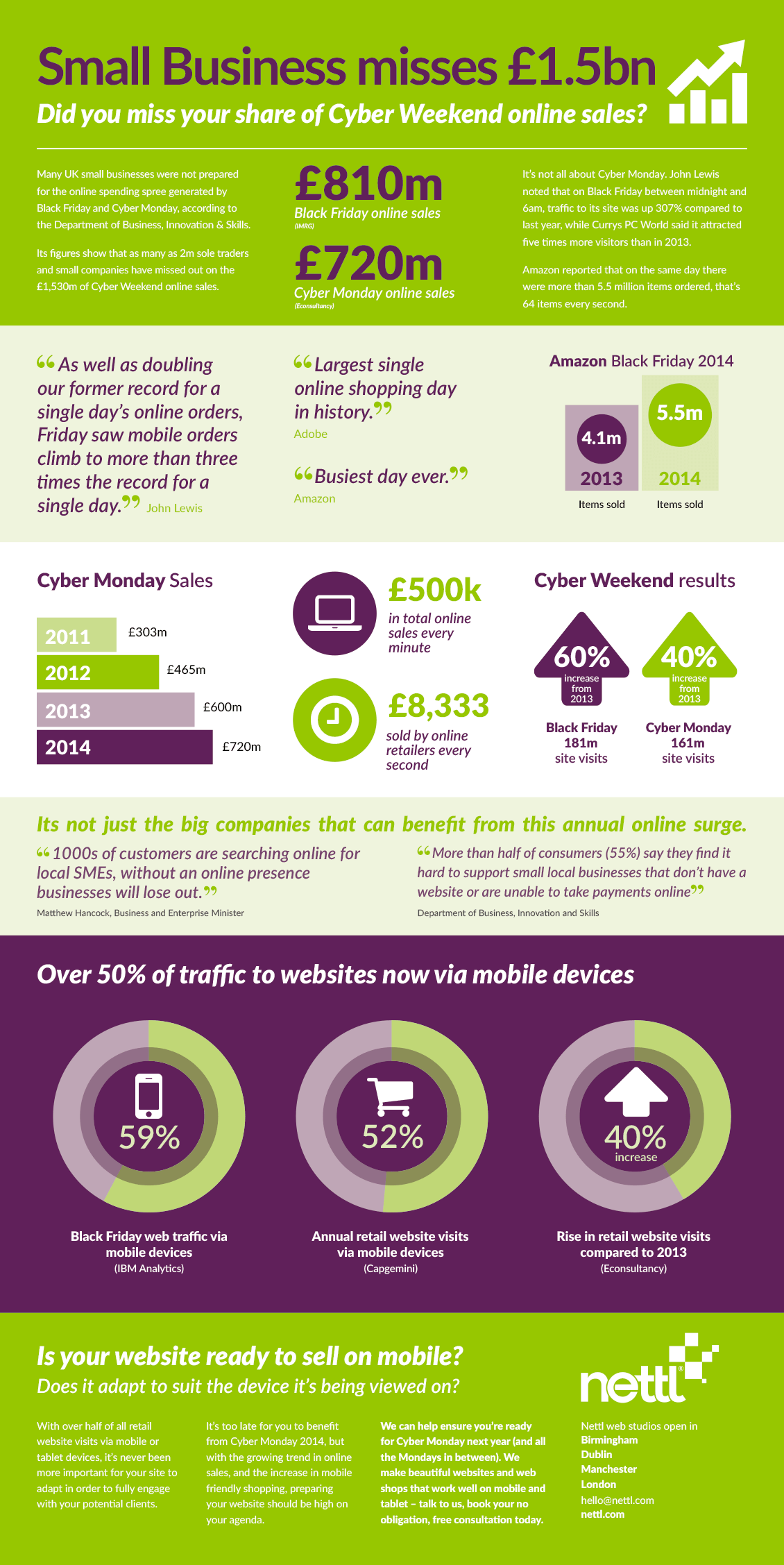If you make or resell a product, an online web store isn’t a luxury, it’s essential. Don’t limit your business to passing trade. Discover our ecommerce website solutions, and sell everywhere.
We shop differently now. And it won’t go back to being the same. Social distancing restrictions have definitely fast-tracked the availability of click and collect. Find out more about the contactless way of managing social safety while keeping sales flowing.
What is User Experience and why should I care?
UI/UX has become a bit of a buzzword online lately. But user experience doesn’t apply solely to online. Far from it, UI/UX originates from the real world around us.
UX stands for User Experience, another term for customer experience really. Only ‘user’ is broader, as ‘customer’ implies the user has bought something (or is at least there to browse/buy).
“User experience” encompasses all aspects of the end-user’s interaction with the company, its services, and its products.
It is everything! When making a purchase from a bricks and mortar store, it’s:
- Advertising
- How easy it was to find the store
- Traffic and parking
- The shop
- Friendly, helpful staff
- Product range
- How easy it was to find what you wanted
- Pricing
- Product advice
- Queues at the checkout
- Whether the box fits in the car
- How easy the product was to assemble
- How easy the product was to use
- Aftersales service
We could go on.
In that sense, it’s a lot like branding. Some people think a brand is just a logo. But it’s much more than that.
Redefining online sales
In 1999, Zappos founder Tony Hsieh tackled the seemingly impossible – selling shoes online. After all, 20 years ago the preference was to try shoes on for size. Who is going to buy them online?
But now Zappos are one of the largest online shoe retailers in the world. How? By providing an etail experience that rivalled the traditional retail experience. They already had some advantages:
- A far larger range of footwear then your average store.
- The convenience shopping from home brings vs going into town.
By defining a whole new level of customer service (the stories of just how far they will go to make a customer happy are legendary), and offering a remarkable approach to returns (unlimited free delivery AND returns), they really changed the game.
So there’s a big difference between ‘User Experience’ as a whole and improving someone’s experience while on your website. Having said that, it’s a fundamental part that’s increasingly becoming one of the most important parts of the cycle.
So here is some website advice to help you get some quick UX wins on the board.
Easy peasy lemon squeezy
Everyone will tell you the site needs to be simple, and easy to use. That’s a given.
But this becomes even more important when your customer is using their phone. Mobile commerce now accounts for 36% of UK retail sales. And more people than ever are making bookings and reservations while on the go.
So the first thing to address when tackling ‘is it easy to use?’ is the mobile experience.
If the text is too small to read, the buttons and links too fiddly to click, then this needs to be fixed. If you have to pinch and zoom to find your way around then count yourself out.
A responsive website will reflow and resize the content so your happy shopper can thumb through the steps. No hassle, fuss or bother.

“Did you find everything you were looking for today?”
It should be easy to find what you’re looking for. That applies whether it’s the product you pine for or the data you desire.
Just like a good SEO strategy, your user experience journey starts by focusing on the needs of the user.
Giving the customers what they want is a pretty good idea in business, full stop. But how do you know what they want from your website? You can start in four very simple ways.
- Asking your customers
- Seeing what questions you receive from the website
- Checking user flow in analytics
- Studying search data with search analytics report
Combining this knowledge will give you great insights into user intent.
- Why are people visiting your website?
- What are they hoping to find?
- What are they looking to do?
This will not only enable you to deliver the right kind of content, but will also help you map out the journey through the website. ‘Findability’ isn’t just a search box, it’s about guided exploration.
Like VIP guests arriving on a Hawaiian island, visitors should be gently guided so that they can flow seamlessly through each phase. Flower necklaces, effortless check in, let us take your bags, there’s the watersports guy, cocktails at the bar.

Ecommerce experience tips
Following on from findability, almost equally as important in terms of ecommerce is getting customers over the line. Here are five easy ecommerce tips to help improve this aspect of the online customer experience.
1. Transparent Delivery Charges
When you’re in the supermarket with a basket of groceries, you don’t tend to pop it down on the floor and walk out. That would be a bit bonkers. But people do this online. All the time.
And the #1 reason for cart abandonment? Adding extra costs at checkout.
Be as transparent about your delivery charges as possible. If you offer free delivery over £xx then place this message site wide in a prominent position.
Getting this right will encourage people to actually spend more with you, rather than dropping their basket. Learn more about how to set out your online store.
2. Click & Collect
Customers like to know an item is in stock before leaving home. They also don’t like to wait (or pay) for delivery. This explains why Click & Collect has become so popular.
Across all major retailers, over half are already offering Click & Collect, with many more planning to add it this year.
According to Internet Retailing magazine, more than 60% of Click & Collect shoppers go on to purchase further products during item collection.
3. Wishlist
Life’s not always black and white. The reason someone might remove an item from their basket could be down to a number of things. Often, it’s not a cold hearted change of mind, but instead it’s just not the right time.
By offering the ability to save the item, or add to wishlist, you provide an alternative that’s mutually beneficial.
You make it easier for the customer to return and buy the item at a later date. (This is also an acceptable reason to ask that they make an account). You also create a more casual browsing experience as wishlists subconsciously require less commitment than an ‘add to basket’ action.
4. Easy checkout
As well as appearing credible, it’s essential to make it as easy as possible for your customers to complete their purchase.
Forcing people to fill in boxes with their details in order to buy something is a major conversion killer. Reminiscent of those 80’s department stores that required you to have an account before buying from them. Remember them? No? Exactly!
So one of the most significant improvements you can make is to allow customers to checkout without requiring an account. You can always give them the option to create an account afterwards.
5. Thank you, come again
After the payment has been processed, you should redirect your customers to a page thanking them for their purchase. But don’t stop there, improve the customer experience by providing helpful links such as
- What happens next
- Create an account
- Track my order
- Product recommendations
Or make the most of this opportunity to interact with an engaged customer:
- Make it easy for them to share their recent purchase on social media
- Ask them to review their experience
- Encourage newsletter signup or competition entry
- Offer a limited time voucher on their next purchase
The best websites are never finished
They are living, growing things that need to be continually reviewed, updated and improved. Ask about how our concierge packages can help you to define the ultimate user experiences for your customers.
Safer Internet Day is being celebrated globally today in a bid to promote safer and more responsible use of online technology. The focus for the campaign is working together to protect children and families online. However, with cyber crime cases on the rise, online security is something we should all be considering within our businesses.
Here are 5 basic tips to help your business stay on top of its e-safety game:
- Protect your computer
When it comes to protection against viruses, worms and trojans, every business computer should employ anti-virus technology to help prevent attacks. Install well known anti-virus software and make sure you stay on top of the updates. But remember, anti-virus scanners are only able to detect the nasties that are already listed in their database. - Be wary of email
Never open or click on attachments in emails that you weren’t expecting to receive. Even if you recognise the sender’s email address, be sure to exercise caution, their email account may have been hacked. Beware ‘Phishing’: Never click on a link from an email requesting login details, no matter how official it looks. - Enable automatic updates
Vulnerabilities in computer applications are a bit like open windows to a hacker. Companies are constantly updating their software to deal with new threats and prevent potential risks. It’s therefore very important to keep your version up to date. Switch on automatic update notifications to be kept up to speed and ensure your apps are as safe as possible. - Use strong passwords
For a strong password tip, use a good mix of random words and special characters. Make sure it’s at least 8 characters long. Why not pick a memorable phrase, or a line from a song, and choose the first characters from each word. Don’t use the same password across multiple sites. - Use SSL on your website
Having an SSL Certificate on your website not only looks more professional and increases trust, it also secures data passed between your website and your visitor. Whether it’s a promo code, personal information, passwords or credit card details, an SSL certificate protects the information you send and receive. Learn more about SSL.
For more information on how to stay safe and prosper online, contact your local Nettl studio.
Your local Nettl is part of a network of nationwide web studios. That means we share knowledge and to help clients avoid fatal mistakes like these…
More than half of visits now come from mobile phones or tablets. If customers have to pan and scale and pinch and zoom to navigate, they’ll quickly decide to navigate away. Nettl :commerce sites intelligently scale content to suit the device viewing.
2. FORGETTING TO UPDATE
What does a Summer Sale banner say when it’s still there in January? Search engines reward fresh content, so keep adding products and make sure out-of-date content is removed.
3. NEGLECTING PICTURES
Product photography sells. 54% of consumers say they decided against a purchase because of unhelpful product photos according to Olapic & Fluid. And Instart Logic found 8 out of 10 retailers believe more images per product increase sales.
4. FAILING TO THINK
It’s all about the customer. If they can’t find what they need, or get confused, they’ll drop their basket. BE the customer and anticipate questions they might have and make sure you’ve covered them. How do I return? Is delivery included?
5. CONFUSING CUSTOMERS
Make ‘call to actions’ big and bold. Tell ‘em what you want them to do next and don’t hide buttons in strange places. A well designed site should be easy to navigate, even if it’s in a different language. Would yours pass that test?
6. WAITING & DELAYING
Steve Jobs famously said “Real artists ship”. Waiting until the site is perfect before you go live, might be a mistake. Get it ‘good enough’, just start selling and then refine later. Better to make some sales than keep tweaking.
7. LIVING IN THE PAST
Ecommerce sales psychology has moved incredibly fast. Trust your web designer to apply current best practice to your web shop and try not to let personal judgement influence layout and process flows – rely on customer data instead.
EXTENDED
As many as two million sole traders and small companies missed out on £1.5bn of Cyber Weekend online sales* according to the Department of Business, Innovation & Skills. With a greater number missing out on the last minute rush for Christmas and the January sales. As a result, www.nettl.com are offering £50,000 of web development grants to 100 SMEs to help them get online. The £500 grant on offer are designed to give smaller businesses the leg up they might need to start selling online.
www.nettl.com, the new high street design studio, is supporting small businesses with a free one-hour consultation for up to 100 local small businesses in Birmingham, Manchester, Dublin and London and a £500 grant off a Nettl:Commerce online web shop before 30th January 2015.
Many of the UK’s small and medium sized companies have so far missed out on the cyber spending in December due to their lack of online presence, and according to the Department of Business, Innovation & Skills more than half of customers (55%) say they find it hard to support local businesses when they simply can’t find them online.
“Our clients tell us they know they need to sell online, but find it difficult knowing where to start. They hear about how expensive web development is and worry that they are going to get ripped off. It’s our mission to remove the black magic and mystery of ecommerce and help small businesses to just start selling online,” said Peter Gunning, CTO of Nettl.
“To show our support for SMEs, we’re offering any local business who signs up for a no-obligation consultation a £500 grant towards the cost of their web shop.”
“We’re so confident that our web shops will make a difference that we’ll even offer clients the option to pay their website over 12 months, so that with just a few orders, they can cover their costs.
“Championing small businesses is at the heart of Nettl’s ethos.”
If you are a small business in Manchester, Birmingham, London or Dublin, visit www.nettl.com to find your local studio and reference the £500 grants on offer.
Black Friday and Cyber Monday sales saw a record £1.5bn in sales.
*Black Friday online sales calculated at £810m, Cyber Monday online sales £720m according to Department of Business, Innovation & Skills
4000% growth for online purchases from mobile devices
Making sure your site is ready for the mobile and tablet boom, should be your priority for 2015 according to Evigo. In a recent article based on research from Capgemini, they’ve highlighted the growth of online purchases from mobiles and tablets.
Online purchases from mobile devices in 2010 accounted for a measly 1% of sales. Fast forward to 2014 and that figure has risen by 4000%, with a whopping 37% of all purchases now coming from a Smartphone or tablet.
Even more impressively, clothing purchases from Smartphones and tablets were actually 43%. In the same article they found that an estimated £25.1 billion was spent online between August and October this year, with £9.3 billion spent via smartphones and tablets.
Another growing are were click and collect items. 18% of sales during the period were for various collection services, up from 16% in the second quarter. Meaning customers are wanting to get great online prices but are more than happy to go to a location and collect their purchases if it means they can have them quicker.
£500 Grants on Offer to 100 SMEs in Need of Online Presence
If you’re missing out on part of the £9.3bn market, help is at hand. To launch Small Business Saturday, Nettl is giving grants of £500 to SME’s, to help get their online shop working for them.
https://www.nettl.com/uk/grants_on_offer_to_sme/
Many of the UK’s small and medium sized companies have so far missed out on the cyber spending in December due to their lack of online presence, and according to the Department of Business, Innovation & Skills more than half of customers (55%) say they find it hard to support local businesses when they simply can’t find them online.
If you are a small business in Manchester, Birmingham, London or Dublin, visit www.nettl.com to find your local studio and reference the £500 grants on offer.
Last weekend saw an entire four day weekend of phenomenal sales in the UK. However many small businesses were not prepared for the online spending spree generated by Black Friday and Cyber Monday, in figures released by the Department of Business, Innovation & Skills.
2m small businesses missing out with online sales
The details outline that as many as 2m sole traders and small companies have missed out on the £1,530m of Cyber Weekend online sales.
Some of the biggest names in UK business saw unbelievable traffic and sales on their sites throughout the whole weekend. Online sales on Cyber Monday were an astonishing £720m, but that was trumped by £810m of online sales during Black Friday.
John Lewis noted that traffic on their site was up by 307% during a 6 hour period on Friday, and they were not alone. Many big name sites crashed due to the sheer number of customers trying to grab a bargain.
Take a look at some of the other highlights in the below graphic that we have commissioned.
Black Friday and Cyber Monday sales saw a record £1.5bn in sales.
“More than half of consumers (55%) say they find it hard to support small local businesses that don’t have a website or are unable to take payments online”
Department Of Business, Innovation and Skills
Is your business missing online sales because your site isn’t up to scratch? It might be too late for you to benefit from Black Friday and Cyber Monday 2014, but with the growing trend in online sales, and the increase in mobile friendly shopping, preparing your website should be high on your agenda.
We can help ensure you’re ready for Cyber Monday next year (and all the Mondays in between). We make beautiful websites and web shops that work well on mobiles. Talk to us, book your no obligation, free consultation today.




